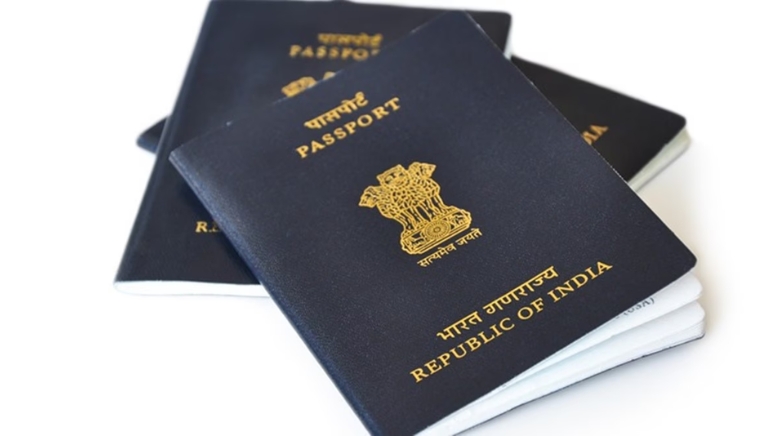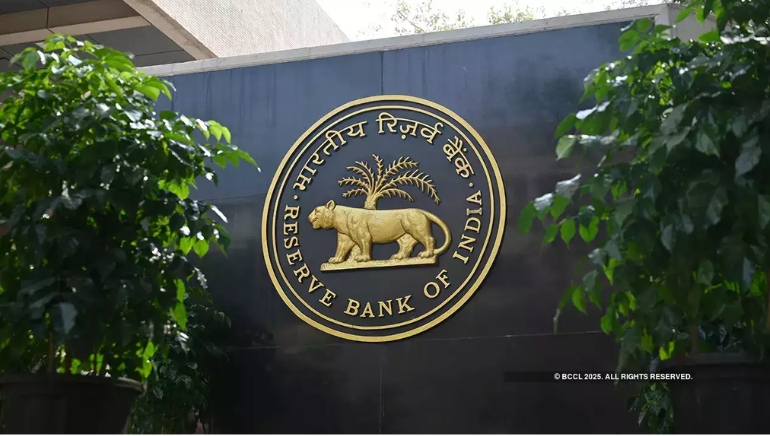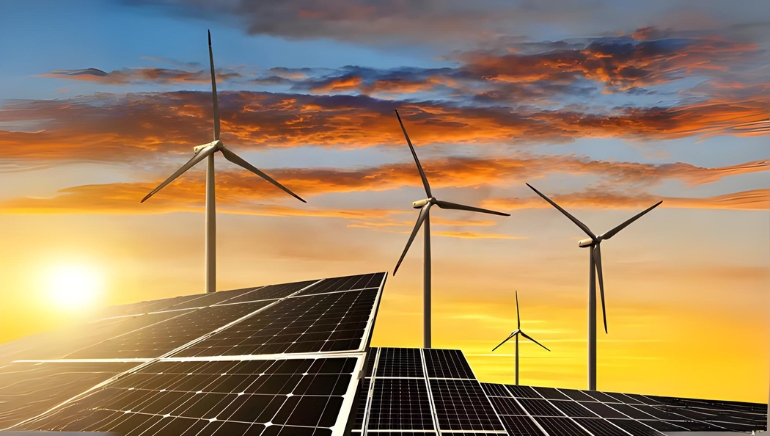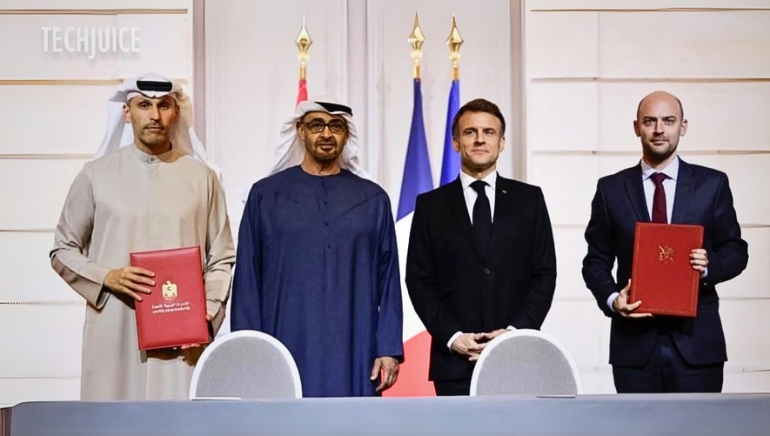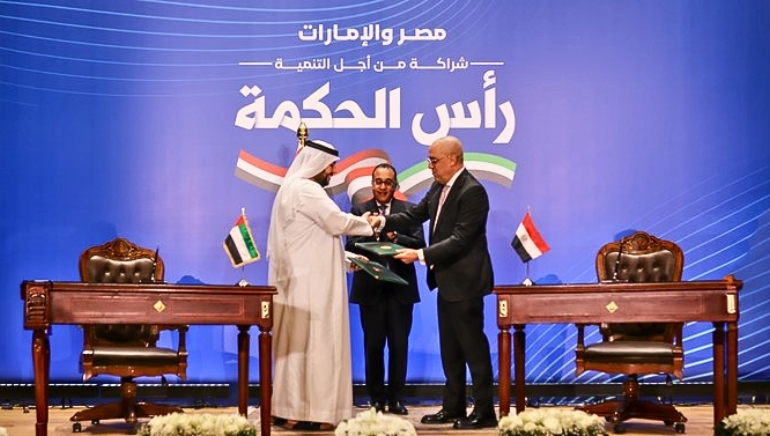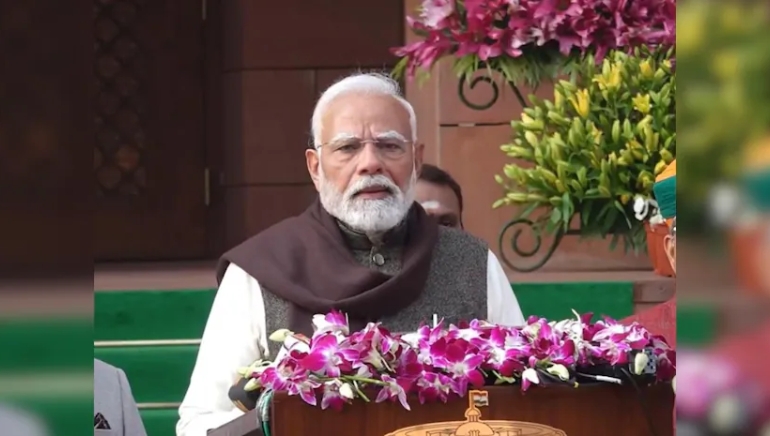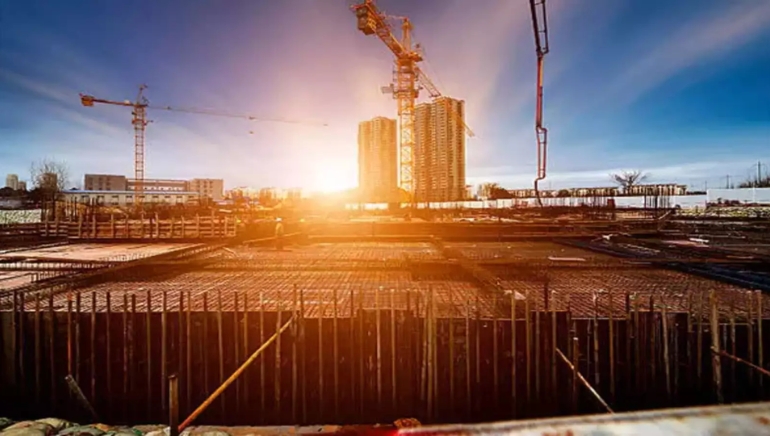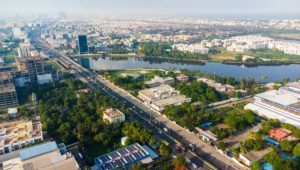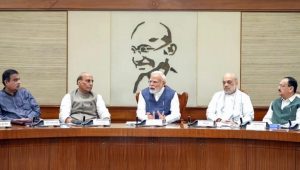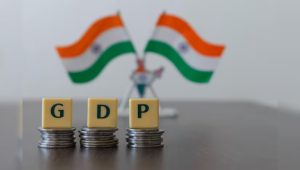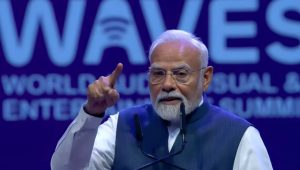Thai visitors no longer need a visa to enter Mumbai, Delhi, Chennai, Kolkata, Bangalore, and Hyderabad. Up to December 31st, the Indian government has instituted a 30-day visa-free entry policy. To balance the growing number of Indian tourists visiting Thailand, this effort seeks to draw in more Thai tourists.
The Indian embassy in Thailand affirmed on February 7 that Thai visitors are not required to pay a visa fee to enter India. Single or multiple entry and a maximum stay of 30 days are permitted with the e-tourist visa. The application must be filled out beforehand via the official website.
It is anticipated that this project will improve tourism and cultural contacts between the two countries. Nearly 2 million Indian visitors travelled to Thailand in 2023. In 2024, that figure is anticipated to increase to 2.5 million. India is reducing the cost of visas for Thai visitors to counteract this trend.
Furthermore, an expansion of flights between the two nations has been authorised by India. Six key routes now provide more than 7,000 additional seats every week. This action promotes Thai tourists to discover India’s rich cultural legacy, boosts local economies, and fortifies diplomatic ties.





